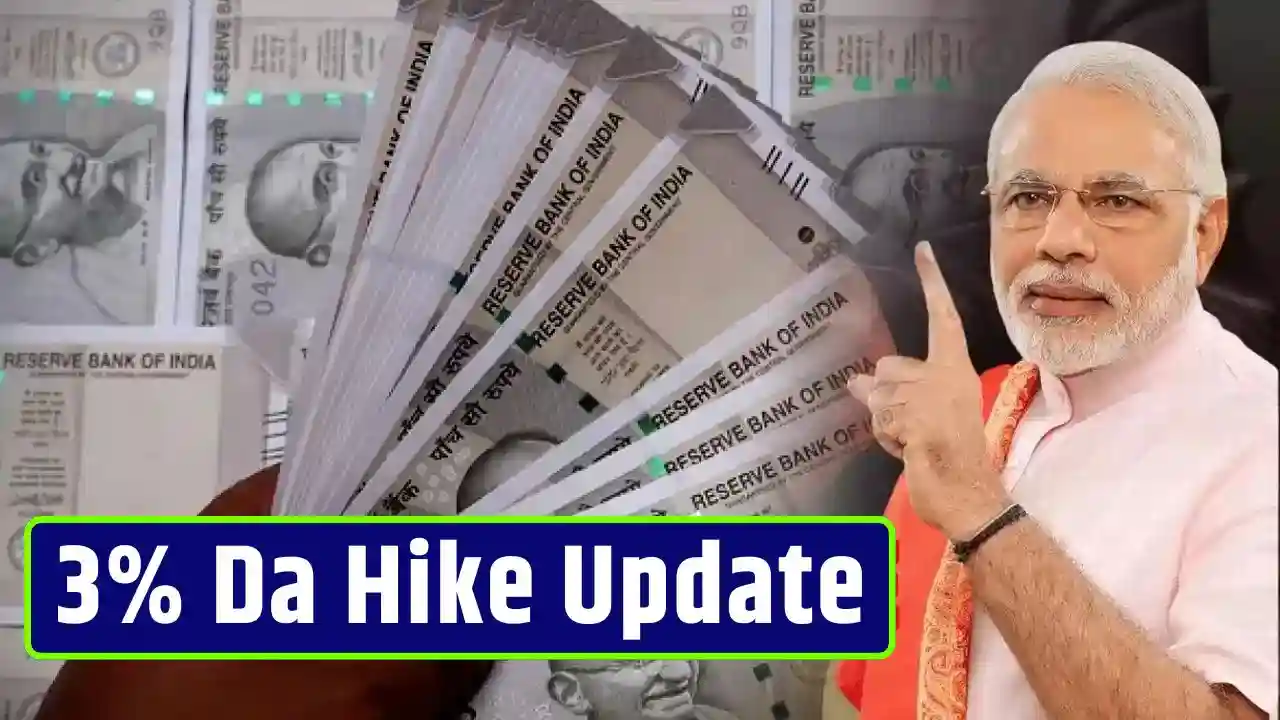The central government happily announced a raise in Dearness Allowance (DA) and Dearness Relief (DR) by 3% for its employees and pensioners. At a time of soaring inflation and spiraling prices for almost everything, such an upward revision of DA would be a great relief. Altered by gaining 3% of about every central government employee and pensioner in the country.
What is Dearness Allowance (DA)?
Dearness Allowance is a certain allowance paid by the government to counter the effects of inflation for its employees. This allowance is worked out as a percentage of the basic salary and is revised when the Consumer Price Index (CPI) undergoes changes. The objective of the Dearness Relief (DR) too is to save the pensioner purchasing power therefore allowing the purchasing capacity of bridging the difference from higher prices.
Details of the 3% DA Hike
With this rise, the DA payable to the Central government employees will be raised from the existing rate of 42% to 45% of basic pay, thus benefiting pensioners accordingly through raising DR. This increase will stake an early part on the respective beneficiary’s books as arrears owing forth to state from the due month(s).
The DA hikes will mean a considerable leap in the monthly wages of higher-category employees. Pensioners shall use the raised income to spend on their essential workings and at the whimsical unpredicted conditions therefrom.
Monetary Consequences of the DA Hike
For sure, the 3% rise in DA may have a considerable financial implication on the Union Government budget. Though providing a relief to the employees and pensioners, this will also entail an increase in the government’s expenditure to be on target for a couple of thousand crores each year. This increase in expense, however, is considered imperative for Government employees and the retired personnel to withstand the constant pressure of inflation.
Implications for Employees/Pensioners
It is good news for central government employees and the pensioners seeing a rise in their DA. High prices for essential goods, electricity, and amenities have put great demands on the economic buck. The benefit of revised DA to such working personnel is the enhancement of gross salaries, a chance to meet daily expenses, and probably even save a good amount.
On the other hand, this extra new income for retired oldies, already reliant on their fixed monthly pensions, will perhaps be mounted along with DR: it may provide a layering of solace to the weak senior citizens who might be facing ever-spiraling healthcare, utilities, and day-to-day living bills.
Why Does the Trek in DA Spell a Difference?
The DA and DR revision clauses are imploded in that these are to address the inflation threat and protect the living conditions of the central government employees and pensioners. As government allows these portions hiking along with price escalation, the lesser population of governmental employees and retired employees is in the recruitment for a wheel of disaster. In turn, mathematically speaking, prayers wave the flag for increased consumption, which will, in turn, pay massive dividends back into the economic chain.
Concluding Words
The government hike in DA and DR of 3% has been announced for central government employees and pensioners, showing that the government is willing to fight inflation and uphold its workforce. The move further ensures stability and finance for its workers and retirees and generates more money by boosting the overall demand. Various revisions like these are important; definitely, inflation has stood up as a critically uphill challenge that requires issues to be tackled in real time for the millions.

